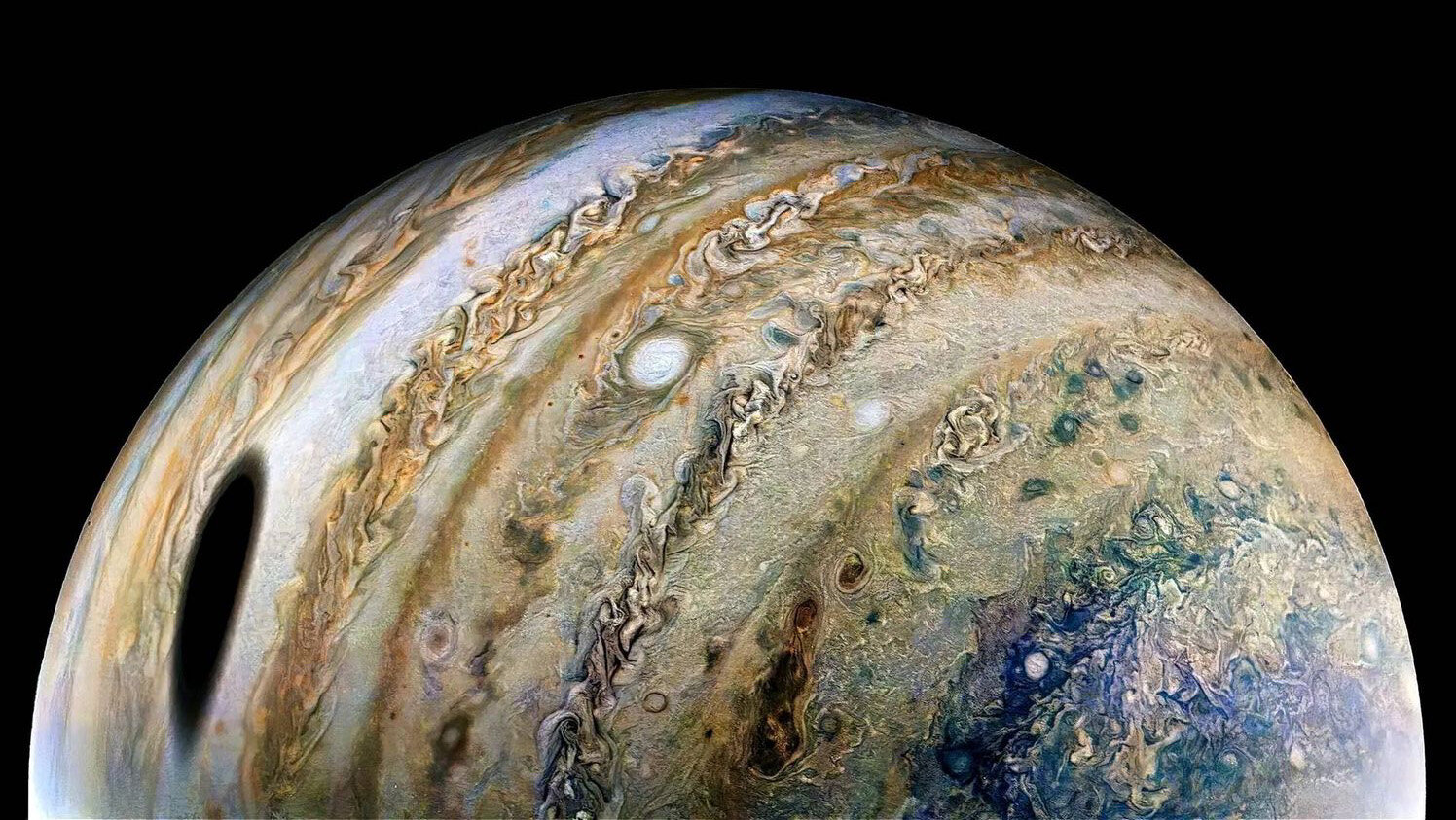The giant VLT telescope, which is usually used to search for exoplanets, is used in the study of winds on Jupiter. This made it possible to study the atmosphere of the largest planet in the Solar System in more detail.

Jupiter’s atmosphere
Researchers from the Institute of Astrophysics and Space Sciences (IA) at the Faculty of Sciences of the University of Lisbon used the ESPRESSO spectrograph mounted on the VLT telescope of the European Southern Observatory (ESO) to measure wind speeds on Jupiter. The results of the study are published in the journal Universe.
We live in a time when the discovery of planets orbiting another star has become almost a common phenomenon — more than 5,000 such planets have already been registered. The first distant worlds included in this list were predominantly giant planets similar to Jupiter and Saturn. Studying their atmospheres is one of the main tasks.
New research method
The method developed by the team is called Doppler velocimetry and is based on the reflection of visible sunlight by clouds in the atmosphere of the target planet. According to the Doppler effect, the lines in its spectrum should shift to the side if the object is moving. This makes it possible to obtain the instantaneous wind speed at the point that the instrument is observing.
The use of this method with the help of a modern instrument such as ESPRESSO has led to success, which opens up new horizons in the knowledge of our cosmic neighbor. The published work confirms the possibility of systematic monitoring of the most distant atmospheres of gas planets.
Jupiter’s atmosphere
“Jupiter’s atmosphere, at the level of the clouds visible from Earth, contains ammonia, ammonium hydrosulfide and water, which form the distinct red and white bands,” the scientists say, “The upper clouds, located in the pressure zone of 0.6 to 0.9 bars, are made of ammonia ice. Water clouds form the densest, lowest layer, and have the strongest influence on the dynamics of the atmosphere.”
Using ESPRESSO, the team could measure that the wind speed on Jupiter ranges from 60 to 428 km/h with an uncertainty of less than 36 km/h. These observations, made with a high-resolution instrument on a gas planet, have their own difficulties. The VLT has an extremely high resolution, so it was necessary to look for a point on the disk of a celestial body at which the state of the atmosphere could be measured.
To test the effectiveness of Doppler velocimetry from telescopes on Earth in measuring wind on Jupiter, the team also collected measurements taken in the past to compare the results. Most of the existing data was collected by instruments in space and used another method, which was to obtain average wind speeds by tracking clouds in images taken at short intervals.
According to phys.org
Follow us on Twitter to get the most interesting space news in time
https://twitter.com/ust_magazine


